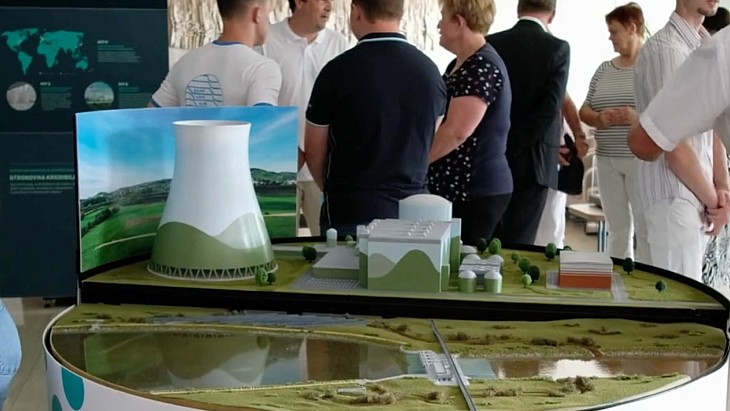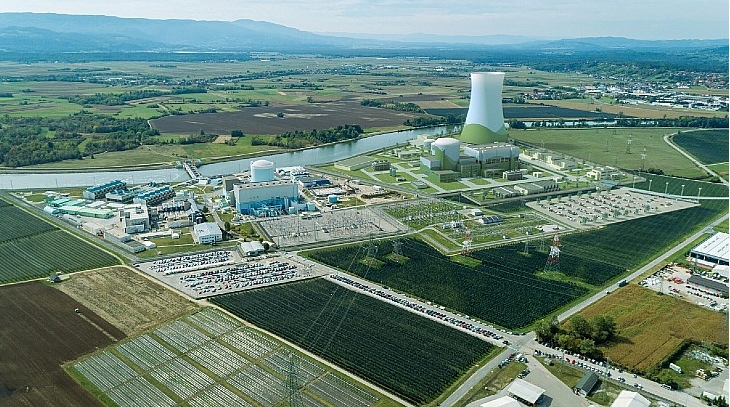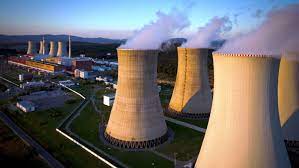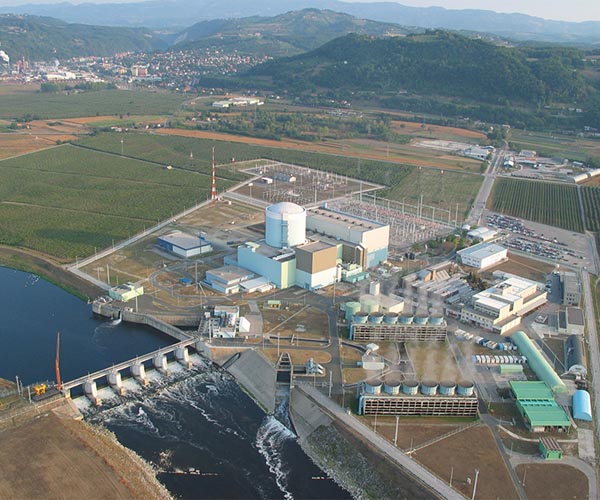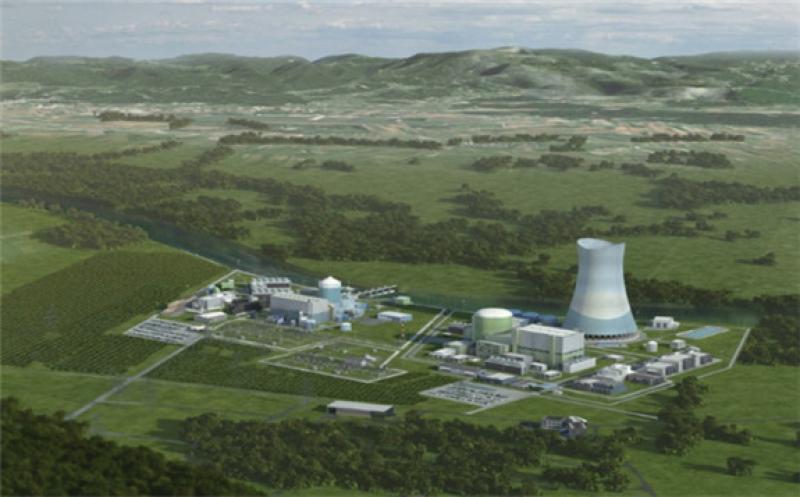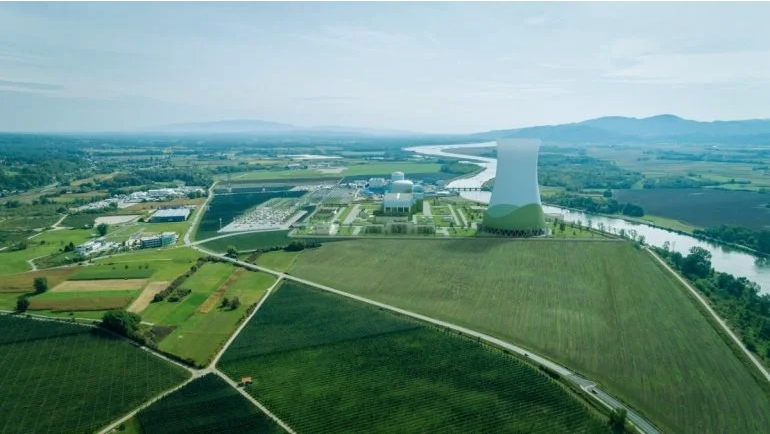
In June, Slovenia’s state-owned power company, GEN energija detailed plans for a referendum later this year on construction of the new JEK2 NPP to be built adjacent to the existing Krško NPP co-owned by neighbouring Croatia. A report has now been published on the JEK2 project website assessing the advantages and disadvantages of small modular reactors (SMRs) as a possible option.
The JEK2 project is for a new NPP with up to 2400 MW capacity. A final investment decision is to be taken in 2028, with construction beginning in 2032. Prime Minister Robert Golob has committed to holding a referendum on the project before it goes ahead, and has suggested the vote could be held later in 2024, with eight key studies and documents to be published beforehand to “enable citizens to make an informed decision”.
The technical report, entitled Review of SMR Reactor Technologies, was undertaken in 2023. It reviews the current state of development of SMR reactor technology and examines the possibility of using SMR reactors for a new NPP in Krško. While SMRs have potential, the report estimates that “in order to compensate for the lack of economies of scale, SMR plants will need to fully exploit the potential benefits of series production in the future”. It estimates the time needed to establish serial production and supply chains to be at least 20 years.
“An analysis of a comparison of the envisaged timeline of the JEK2 project with the planned development of SMR reactor technology showed that at the time of the planned signing of the contract with the supplier (2028), only three terrestrial SMR reactors will be in commercial operation with an additional three under construction,” the report says.
All of these reactors are first-of-a-kind (FOAK) projects. “Even at the estimated time of construction, JEK2 will not yet have serial production of SMR reactors; this will only be developed after 2035. As a result, in the case of the selection of SMR technology, a FOAK reactor would be built, which is generally more expensive and associated with higher risks and delays in implementation.”
It concludes: “Based on the analysis of the suitability of the use of SMR technology for the JEK2 project, we conclude that in the desired time frames, the decision for this technology would be more risky than for a larger PWR [pressurised water reactor] power plant.
The risks in the field of licensing, spatial placement and economics are also too great in the case of FOAK projects. All risks of electricity production are transferred to consumers, which Slovenia cannot afford due to its small size.”
However, “Although the use of SMR technology for the JEK2 project in the desired time frames is not appropriate, the GEN Group will continue to intensively monitor the development of SMR reactor technology. Monitoring further development is also important from the point of view of making an informed decision, which is the foundation for the quality and competitive development of the group. For the next 10 to 15 years, the decision for an SMR would be too risky instead of for the classic PWR power plant.”
